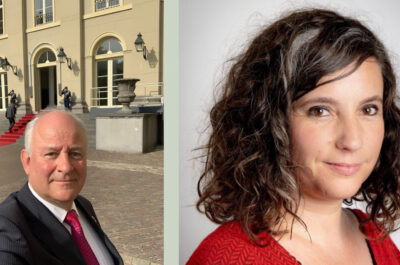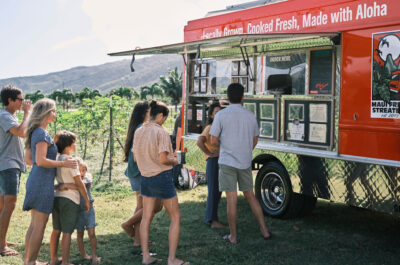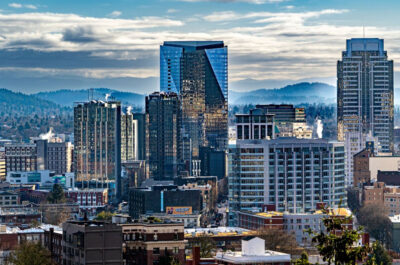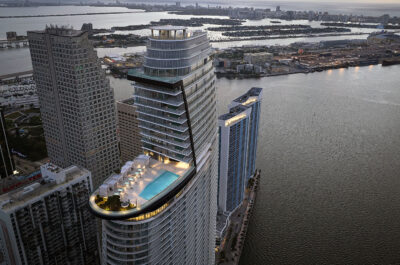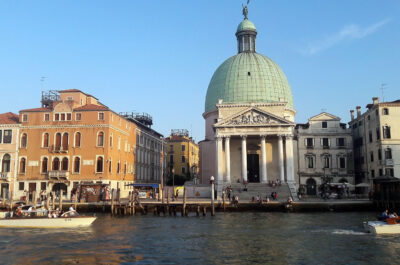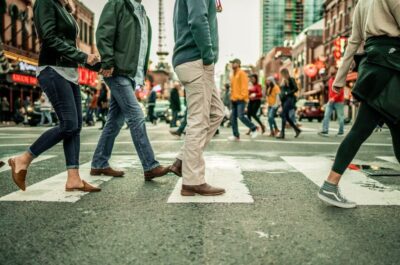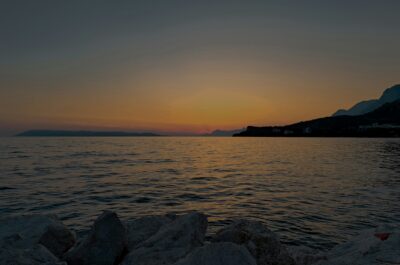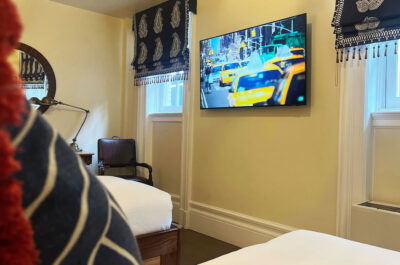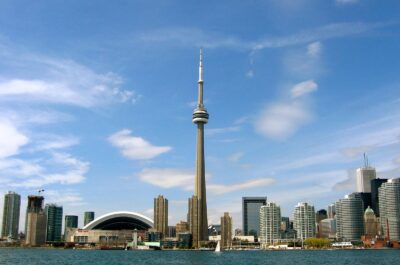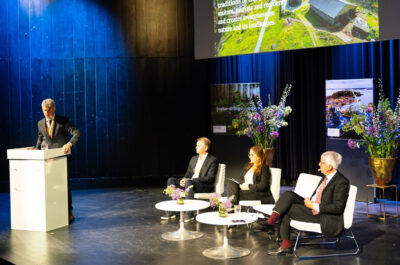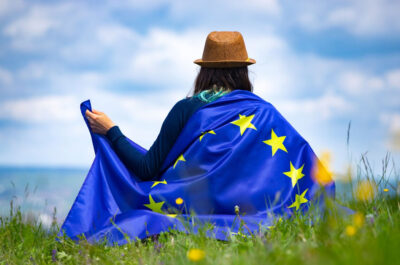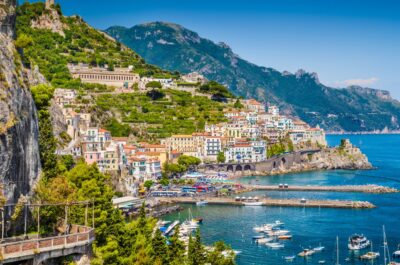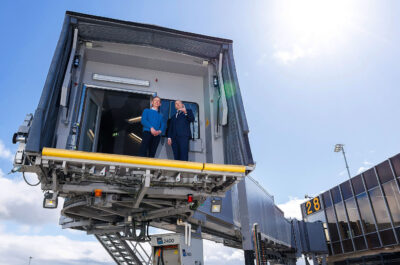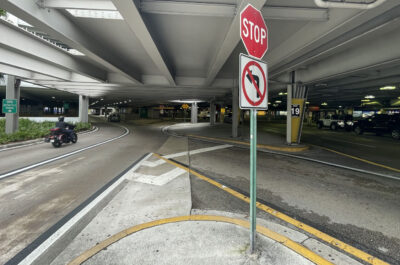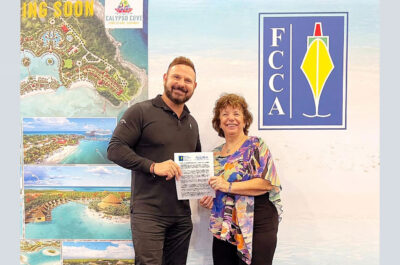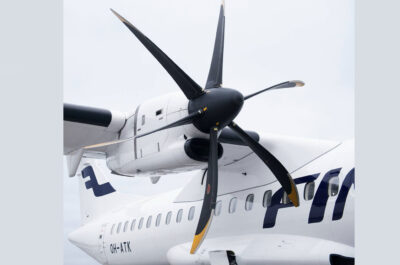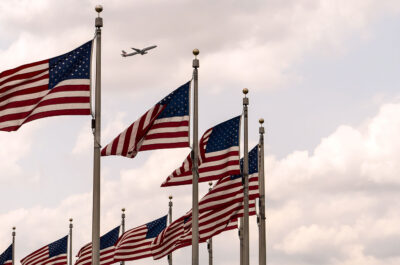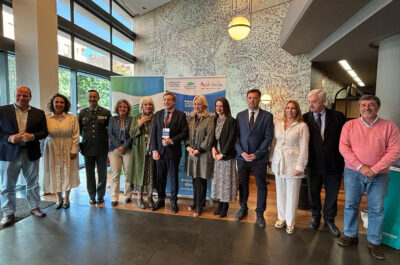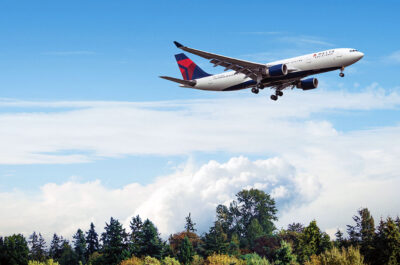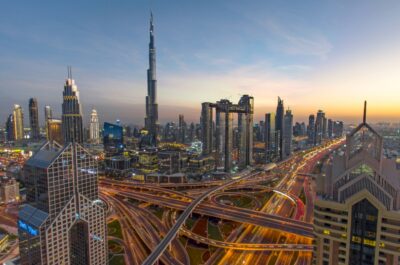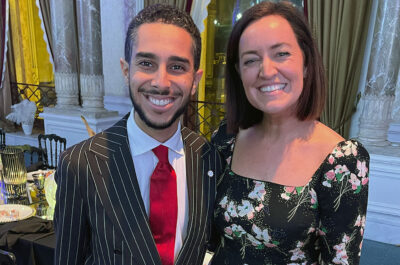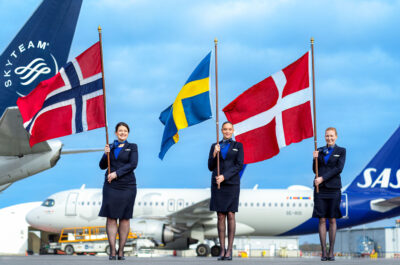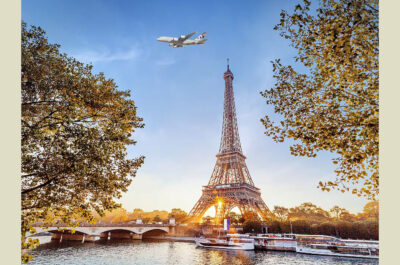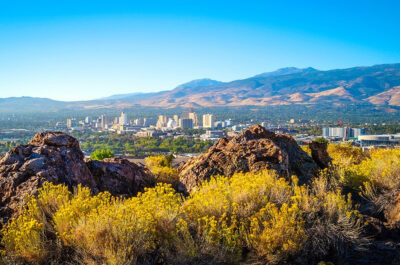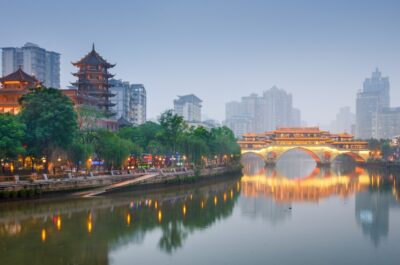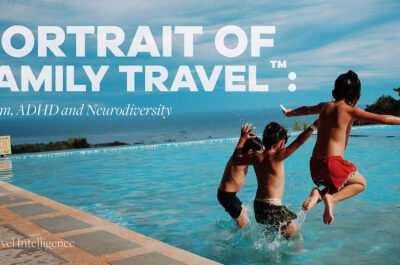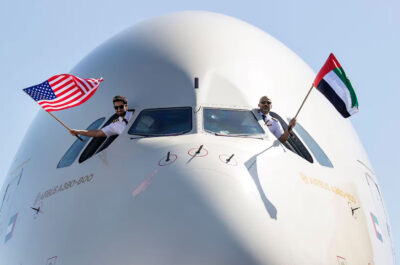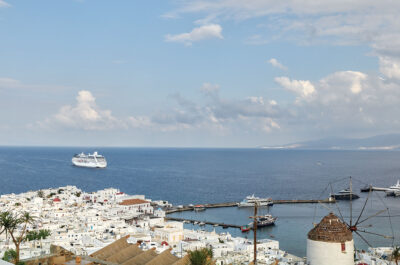
Photo by Tirachard Kumtanom from Pexels / https://www.pexels.com/photo/background-camera-casual-digital-450054/
We can all be a source of positive influence, using our photos to promote responsible travel and conscious photography
Snapping away while on holiday – love it or hate it, we have all done it. Photos grant us travel mementos that we can take home, safekeep, and share with a broader audience. After all, we have travelled the distance, spent the money, and carved out time from our busy lives to plan and make the trip – the least we deserve is a visual collection of fleeting travel moments we hope to remember.
Yet, photo-taking has become a contentious issue in today’s tourism landscape. News stories on tourist photo-taking often cast a negative light, prompting disapproving frowns and headshakes. And we’ve heard it all – tourist brawl at the Trevi Fountain, tourists fined (or yelled at if it’s the King’s guard you choose to mess with) for disrespectful behaviours, lives being lost, sites being damaged, and arts being destroyed.
In extreme cases, natural formations such as the ‘Test of Courage’ cliff edge in China was deliberately destroyed to deter risky photo-taking.
The string of headlines highlights the ongoing debate surrounding photography in tourism and exemplifies the point of contention that exists between tourists, tourism providers, and the local communities.
However, photo-taking is more than just a catalyst for chaos and bad news. My research on tourist photo-taking and sharing shows photos serve multiple purposes that enhance the tourist experience. While often tied to self-centric endeavours, travel photos are sometimes shared with altruistic intentions. Tourists capture photos to share the experience with those unable to travel, keep loved ones in-the-know, share their joy, offer insights to future travellers, inspire others, and ultimately, promote the tourist destination. In this vein, it seems unjust for tourist photo-taking to be vilified. Rather, it calls for us, as tourists, to be cognizant and considerate of our actions when taking and sharing holiday photos. Below are five tips on how we can ensure photo-taking remains an enjoyable part of travel, both for us and for others, while dispelling the bad rep associated with it.
1. Be mindful of shared spaces
Tourist sites are often multi-functional spaces shared by tourists, local communities, and the natural wildlife. Spaces such as religious sites, commemorative or historical landmarks, local villages, and natural parks are ought to be treated with courtesy and respect. As tourists privileged to visit these spaces, it is our responsibility to take only photos, leave only footprints, and safeguard what is others. We should also be vigilant to not encroach into the customs and lives of those who call these places home.
2. Be considerate of others like us
We all strive for that ‘perfect shot’ which entails taking copious photos with different angles and poses. Tourists wait (im)patiently for photogenic spots, but ‘hoarding’ such spaces takes away time from others who have come with the same intentions. Be thoughtful towards others and their needs to make for a more pleasant photo-taking experience while avoiding unnecessary tension and conflicts. Wait in line, refrain getting into other people’s frame, and where possible, keep others (especially their faces) out of yours.
3. Abide by the rules
No, rules are not meant to be broken, no matter how enticing, even if it means missing out on that once-in-a-lifetime photo op. Boundaries are set to discourage behaviours that could result in damage, injuries, and fatalities, all of which are undesirable outcomes for tourists and the places we visit. Respecting rules and boundaries prevents from setting dangerous precedence for others. Unwanted incidents also make for negative news headlines while having a lasting impact on those who have to witness them firsthand.
4. We don’t need to jump on all bandwagons
Not all trends warrant attention, admiration, and applause, especially when they involve risky behaviours. Dangerous and disrespectful photo-taking trends such as the planking challenge, naked selfies, canola field selfies, and photoshoots at extreme heights (or while hanging off a moving train) are temporary fads that can bring more harm than good. Pause and think before replicating and glorifying such behaviours. Online reactions such as likes, shares, and reinforcing comments also encourage others to pursue the same thrill and validation, perpetuating a cycle of trends that are better left uncelebrated.
5. Use our travel photos for good
It is important to remember the power our photos hold. Photos are mediums of communicating and storytelling, and as narrators of the photos we share, the responsibility is ours to showcase thoughtful photo-taking practices in the spaces we are in. Photos also serve to educate others about responsible tourist behaviour. By setting an example, we can be a source of positive influence, using our photos to promote responsible travel and conscious photography, while encouraging others to approach photo-taking with understanding and respect.
Dr Cindy Lee is a Senior Learning Facilitator at Torrens University Australia. Her research interest lies in the tourist experience, with particular focus on tourists’ photo-taking and online photo-sharing behaviours, and the integration of social media in contemporary tourism.















